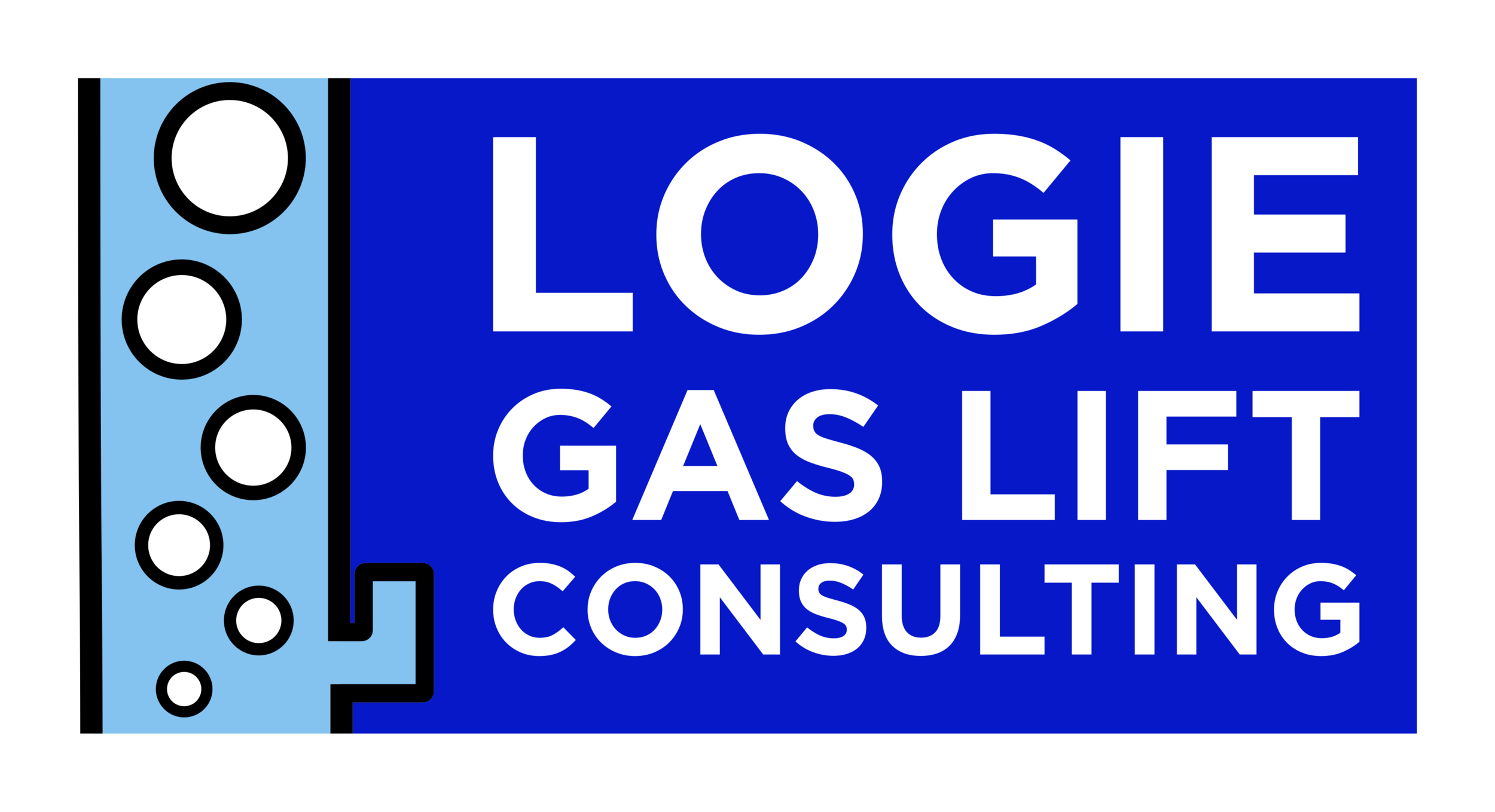Companies Benefit from Intermittent Gas Lift (IGL)
Growing numbers of operators are converting Gas Assisted Plunger Lift (GAPL) installations to IGL by changing the bottommost screen orifice to an injection pressure operated gas lift valve
Why companies are benefiting:
· IGL installations require less surface equipment than GAPL and have less need for skilled technicians to system maintain. Surface equipment converting from GAPL to IGL installations is easy and inexpensive - typically, less than $5,500 for Injection Choke Control (see attachment).
· IGL daily gas injection rates per well are reduced often greater than 50 percent to that of GAPL, and production increases occur when switching from GAPL to IGL installations.
· IGL has fewer moving parts to fail than GAPL thereby reducing lease operating expenses.
· IGL installations create lower minimum inflow pressures at the wellbore than GAPL resulting in greater reservoir drawdown and increased IGL production.
· IGL efficiently lifts to less than 10 barrels of fluid per day, and rod-pumped wells are successfully converted to IGL once an ample injection gas source is nearby.
· IGL installations need less injection gas than GAPL, meaning less field compression capacity, smaller compressors and horsepower reductions, and less monthly compressor rental costs.
Where applicable, operators add a plunger above the bottommost injection pressure operated gas lift valve and the IGL installation becomes a Plunger Assisted Gas Lift (PAGL) installation. This modification reduces liquid fallback in the upward moving slug and increases lift efficiency.
Intermittent Gas Lift is no longer the industry’s forgotten method to cost efficiently produce low volume wells.
